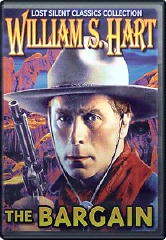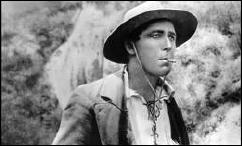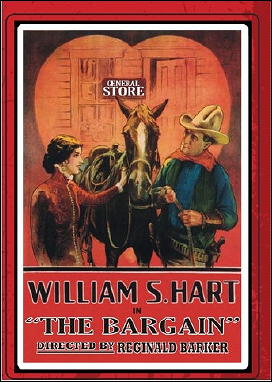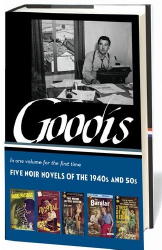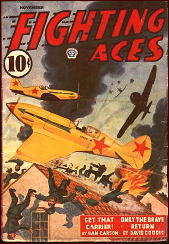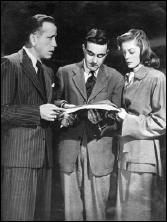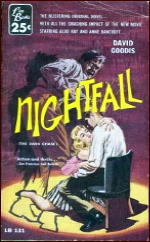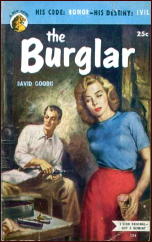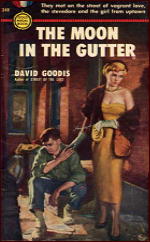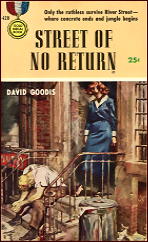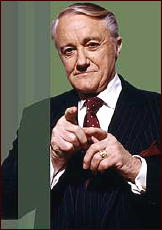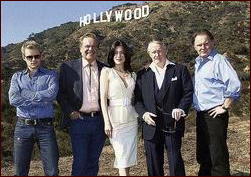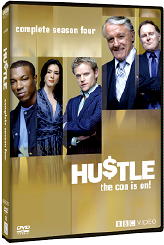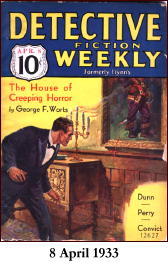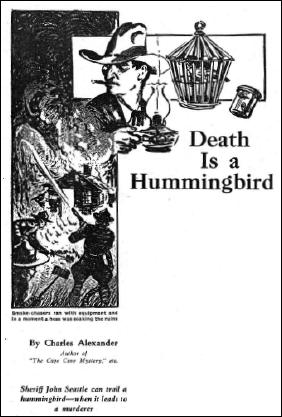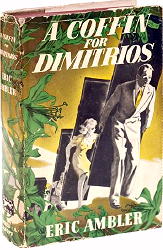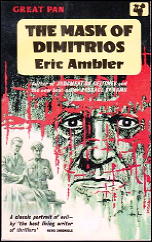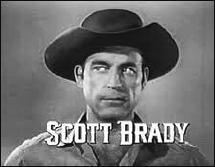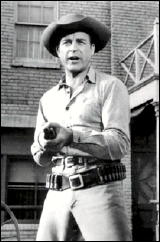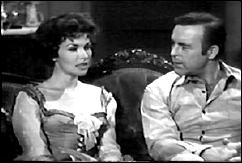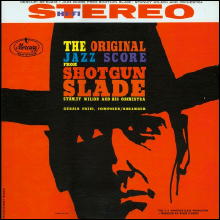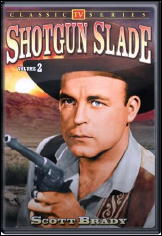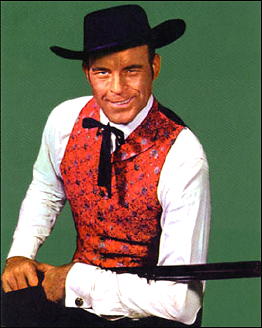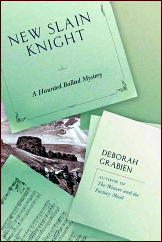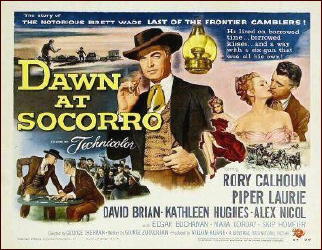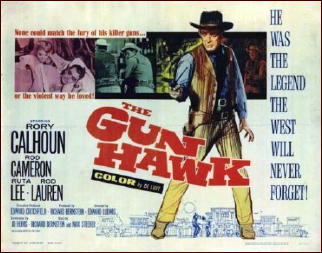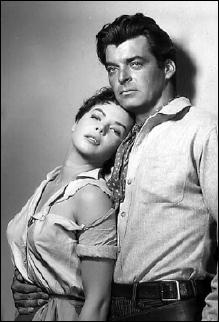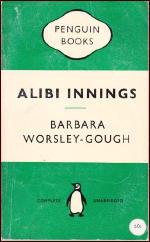Sun 6 May 2012
A TV Series Review by Michael Shonk: AMOS BURKE, SECRET AGENT (1965-66).
Posted by Steve under Reviews , TV mysteries[25] Comments
AMOS BURKE, SECRET AGENT. ABC / Four Star Productions / Barbety, 1965-66. Cast: Gene Barry as Amos Burke, Carl Benton Reid as The Man. Series based on characters created by Frank D. Gilroy. Produced by Aaron Spelling.
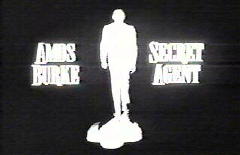
From Aaron Spelling: A Prime Time Life, by Aaron Spelling with Jefferson Graham: “Burke’s Law was one of my first great campy shows… Then ABC threw us a curveball with the ‘James Bond’ craze. Suddenly secret agents were in… So in 1965 Burke’s Law, the story of a millionaire L.A. detective, was forcibly changed to Amos Burke, Secret Agent. He became a debonair, globe-trotting secret agent for a United States intelligence agency. I hated it, Gene hated it, we all hated it, and ABC was very wrong to change it…â€
The series was a ratings failure from the very beginning. “Balance of Terror†(9/15/65) was the series first episode. The Arbitron ratings (Broadcasting, 9/20/65) found NBC’s I Spy at 37.6 share (first half hour) and 40.9 (last half hour) compared to CBS’s Danny Kaye at 32.3 share and 30.3 share compared to Amos Burke at 24.8 share and 25.8 share. By November the series would be cancelled (Broadcasting, 11/1/65).
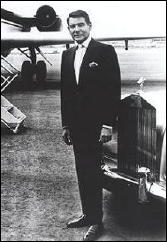
Interestingly, the final episode of the series, “Terror in Tiny Town, Part Two” aired at 10pm on Wednesday, January 12, 1966, the same night ABC premiered its new spy series Blue Light at 8:30pm. Could the failure of Amos Burke have played a role in ABC picking up Blue Light and the rush to get it on the air?
So besides the audience having little interest in Amos Burke as a spy, and everyone involved hating it, the series also had a fatal creative flaw, The Man.
The Man was supposed to be Amos Burke’s “M” (Bond) or Mr. Waverly (Man from U.N.C.L.E.). Instead The Man was one of the most unlikable, heartless, mean characters ever to play a good guy on TV. While Amos could not contact The Man, The Man gave him a watch that when it buzzed, it meant Amos had to stop everything and get to the airport as fast as possible to meet The Man. The Man’s office was the inside of a DC-9 and he conducted all meetings (but one) in the air.
Amos would wait on the landing strip in his Rolls (the only other surviving character from Burke’s Law) for The Man’s plane. Once it landed, Amos would pull out what looked like a sonic pen light and point it at the plane, the sound would lower the stairs and Amos would enter and cool his heels in the outer “office†until The Man gave him permission to enter. Then Amos would use the door’s keypad (with comical beeps and boops) to open the door. This is how sidekicks get treated, not the hero.
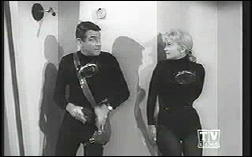
Most episodes featured at least one beautiful woman on each side. Amos enjoyed working with women, and while much of his dialog sounds condescending today, he treated his female contacts as equals. But for Amos, women were usually interchangeable. In one episode (I won’t spoil it by naming it) Amos’s contact is a beautiful intelligent woman Amos admires, but after her death in action he doesn’t even comment on the loss. At the end, he seduces her replacement.
Production values were on the cheap side and sets and exteriors were noticeably recycled week after week. But Supervising Art Director Bill Ross and his crew did a creative job using sets to establish the style of the show, with campy odd shaped doors for the villain’s lair to menacing underground dungeons.
While few miss Amos Burke, Secret Agent, one wonders why ABC cancelled the series instead of returning to the successful police formula of Burke’s Law.
EPISODE GUIDE —
“Balance of Terror.” September 15, 1965. Writtenby Robert Buckner. Director: Murray Golden. Guest Cast: Will Kuluva, Gerald Mohr, Michele Carey * Amos takes the place of an arrested courier for a group smuggling gold from Red China into Latin America. (Part of the opening of this episode can be seen here on YouTube.)
“Operation Long Shadow.” September 22, 1965. Written by Albert Beich & William H. Wright. Director: Don Taylor. Guest Cast: Antoinette Bower, Dan Tobin, Rosemary DeCamp * A kidnapping of the son of an Algerian government official is the key to a mysterious plot. The “B†storyline involved two vacationing American tourists who knew Amos as the good guy detective and Amos proving to them he has turned into a spoiled playboy cad. In one of the more imaginative death traps of the series, Amos is locked in a moving train car filling up with gas. He escapes with the aid of the air in his Rolls tires.
“Steam Heat.” September 29, 1965. Written by Marc Brandel. Director: Virgil Vogel. Guest Cast: Nehemiah Persoff, James Best, Jane Walo * Exiled Mob boss mixes business with revenge when he plans to kill the Senator who got him kicked out of the country while his gang robs New York City using a knockout gas released through the city’s steam pipes. In this episode Amos receives instructions with breakfast on a record disguised as a flapjack.
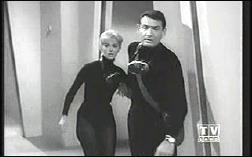
“Password to Death.” October 6, 1965. Written by Marc Brandel. Director: Seymour Robbie. Guest Cast: Janette Scott, Joseph Ruskin, Michael Pate * A dying clue ‘S Day’ leads Amos to Cornwall, England and an evil villain. One of the best episodes of the series as it featured the perfect spy plot for the series premise. It also had my favorite line of the series. After quoting Shakespeare, Amos adds “Hamlet’s Law.†(It is Janette Scott seen with Gene Barry in the two photos above and to the right.)
“The Man with the Power.” October 13, 1965. Written by Stuart Jerome. Director: Murray Golden. Guest Cast: Thomas Gomez, John Abbott, Ilze Taurins * Amos’s attempt to help a scientist defect goes wrong, leaving the unconscious scientist wired to a bomb. The Man worries about America’s image as Vienna is evacuated.
“Nightmare in the Sun.” October 20, 1965. Written by Tony Barrett. Director: James Goldstone. Guest Cast: Barbara Luna, Edward Asner, Joan Staley, Elisha Cook * The Man is concerned about an assassination attempt of a Mexican Government official by two Americans because it might prevent the approval of a treaty between America and Mexico. Flawed by its predictability and many moments that make little to no sense.
“The Prisoner of Mr. Sin.” October 27, 1965. Teleplay: Gilbert Ralston and Marc Brandel. Story: Gilbert Ralston. Director: John Peyser. Guest Cast: Michael Dunn, France Nuyen, Greta Chi * Code breaking genius Waldo Bannister is replaced by a machine, rather than find something else for his “brilliant brain†to do, the American government places him under house arrest for a year. When he escapes, Amos is assigned to find Waldo. The trail leads to ruthless mercenary Indian (Michael Dunn) who ‘helps’ people on the run then sells their secrets and drains their bank accounts.
“Peace, It’s a Gasser.” November 3, 1965. Written by Palmer Thompson. Director: James Goldstone. Guest Cast: Henry Jones, Ruta Lee. Brooke Bundy * Evil Mastermind demands the end of war or he will use his gas that turns adults into self-obsessed children. His minions are teenagers who, all but one, are willing to kill for peace. This episode got dumber with every twist. In one scene The Man taunted Amos for going soft when Amos objected to The Man using him as an executioner of one of the agency’s own men.
“The Weapon.” November 10, 1965. (not viewed)
“Deadlier Than the Male.” November 17, 1965. (not viewed)
“Whatever Happened to Adriana, and Why Won’t She Stay Dead?” December 1, 1965. Written by Warren Duff. Director: Seymore Robbie. Guest Cast: Albert Paulsen, Jocelyn Lane, Joan Patrick * A drug dealer attempts to smuggle missiles into Latin America. Flawed by a weak villain (who runs at any hint of danger) and twists that needed to be treated more seriously.
“The Man’s Men.” December 8, 1965. Written by Albert Beich & William H. Wright. Director: Jerry Hopper. Guest Cast: Nancy Gates, Vaughn Taylor, Norman Alden * Bad guys break into MX3’s cover station, the American Bison Society, and steal a list of the agency’s agents. Great visual clue, shown more than once, that is harder to notice than figure out who done it. Gadget of the week featured a safe that when broken into lets out a radioactive gas that makes the back of the thieves’ ears glow.
“Or No Tomorrow.” December 15, 1965. Written by John & Ward Hawkins. Director: Virgil Vogel. Guest Cast: Abbe Lane, Lee Bergere, Ziva Rodann * Spoiled Prince gets his hands on a fungus that could destroy the world’s rice crop. He wants the U.S. to turn over two spies they have in prison so he can sell their secrets. Filled with pointless scenes like a William Tell contest between Amos and the Prince. Dumbest opening in series, Amos is greeted with a bomb in his room. His cover blown, Amos continues on the case with a bad guy following him to Amos’s local contacts.
“A Little Gift for Cairo.” December 22, 1965. (not viewed)
“A Very Important Russian Is Missing.” December 20, 1965. Teleplay: Tony Barrett. Story: Samuel A. Peeples and Tony Barrett. Director: Virgil Vogel. Guest Cast: Phyllis Newman, Donald Harron, Nina Shipman * The Russians and Americans join forces to find a kidnapped Russian official before the Chinese can. Nice plot, twists, and sets but weaken by series campy premise.
“Terror in a Tiny Town.” Part One: January 5, 1966. Part Two: January 12, 1966. Written by Marc Brandel. Director: Murray Golden. Guest Cast: Robert Middleton, Kevin McCarthy, Lynn Loring * Brainwashed by local radio station, a town with Atomic research plant becomes violently paranoid about the threat of outside influences on their way of life. Heavy-handed morality tale against the evils of bigotry and the 50s “Red Scare.â€
